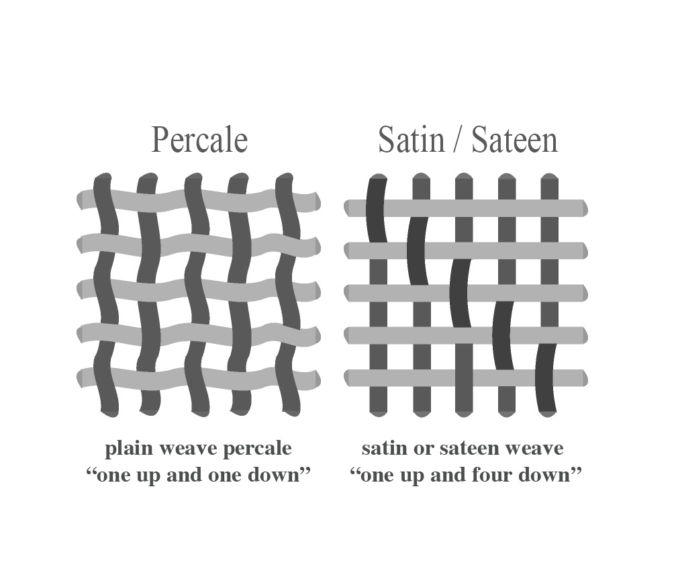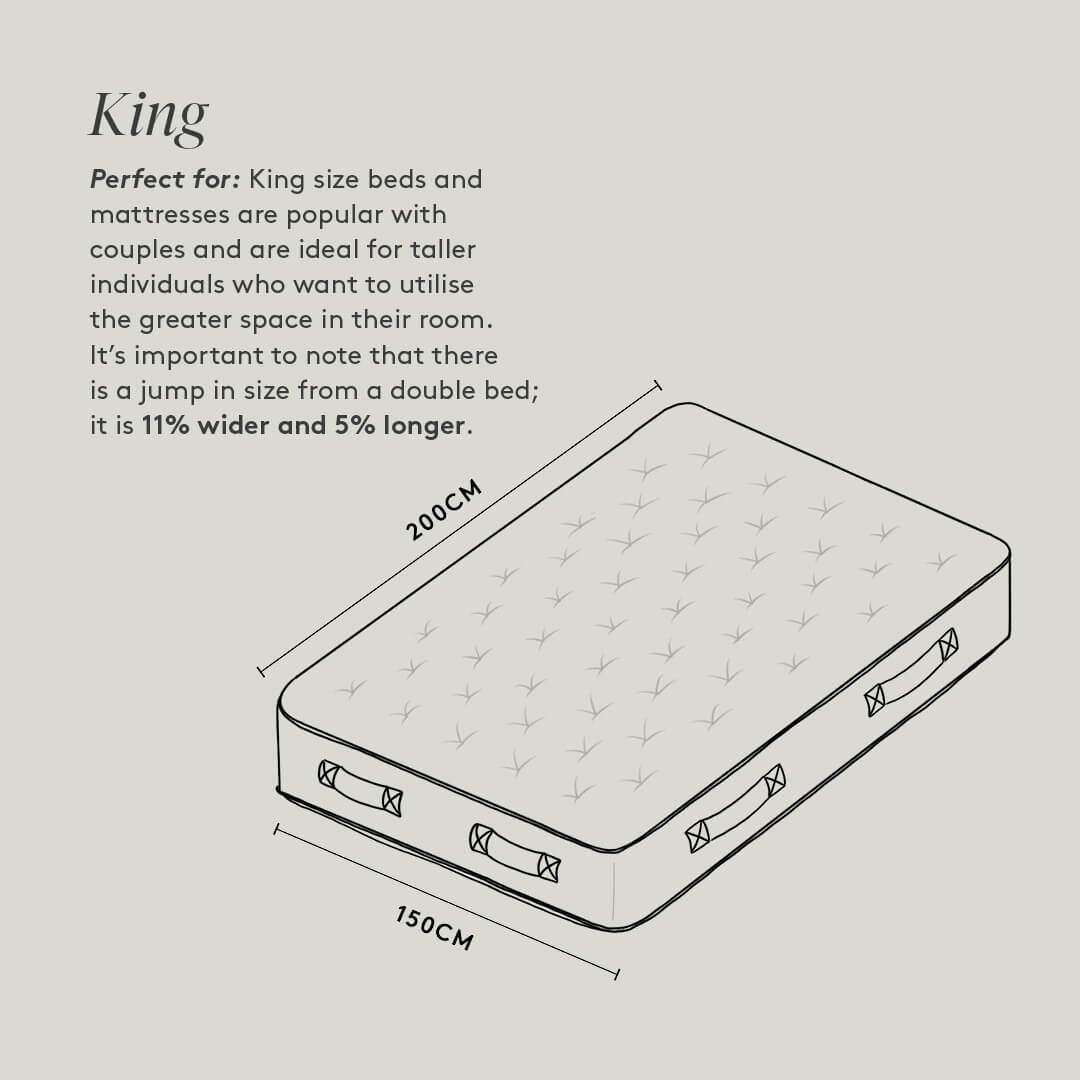This website uses cookies to ensure you get the best experience on our website. Learn more.
Discover the epitome of luxury sleep with Reed Family Linen’s guide to high-thread-count bedding. From unravelling thread count secrets to exposing Thread Count Fraud, navigate the market with our insights. Indulge in authenticity and excellence with a brand legacy dating back to 1852. Elevate your nightly retreat – discover the perfect blend of comfort and sophistication.
Table of Contents
- Understanding Thread Count in Bedding
- The Significance of High Thread Count
- The Ideal Number of Threads for Bed Sheets
- Choosing the Right Material for High Thread Count Bedding
- Percale or Sateen – what’s the difference?
- Benefits of High Thread-Count Bedding
- Caring for High Thread Count Bedding
- Thread Count Fraud: Unmasking Deceptive Practices
- The Thread Count Myth: Debunking Common Misconceptions
- Where to Buy High Thread Count Bedding
- Thread count frequently asked questions
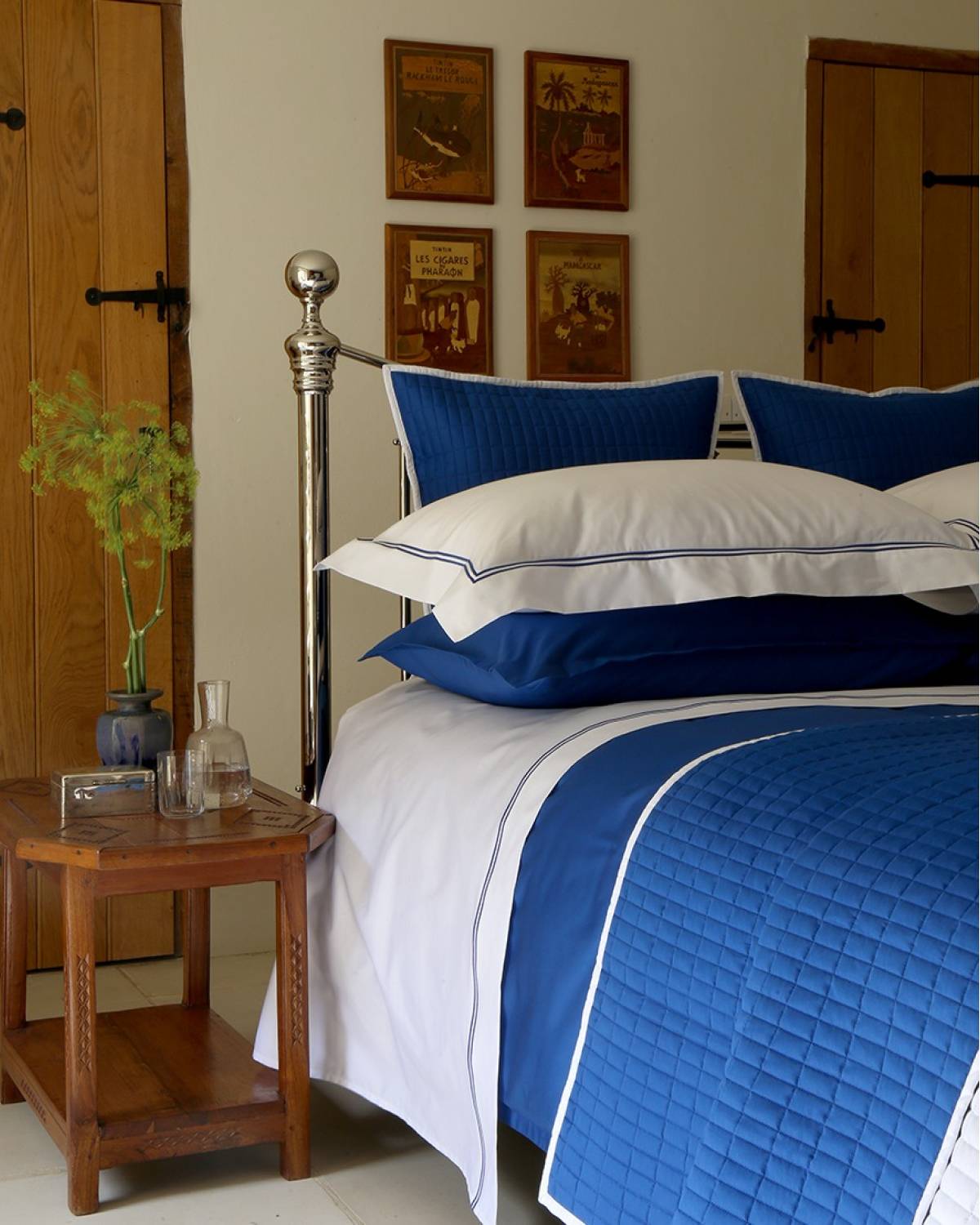
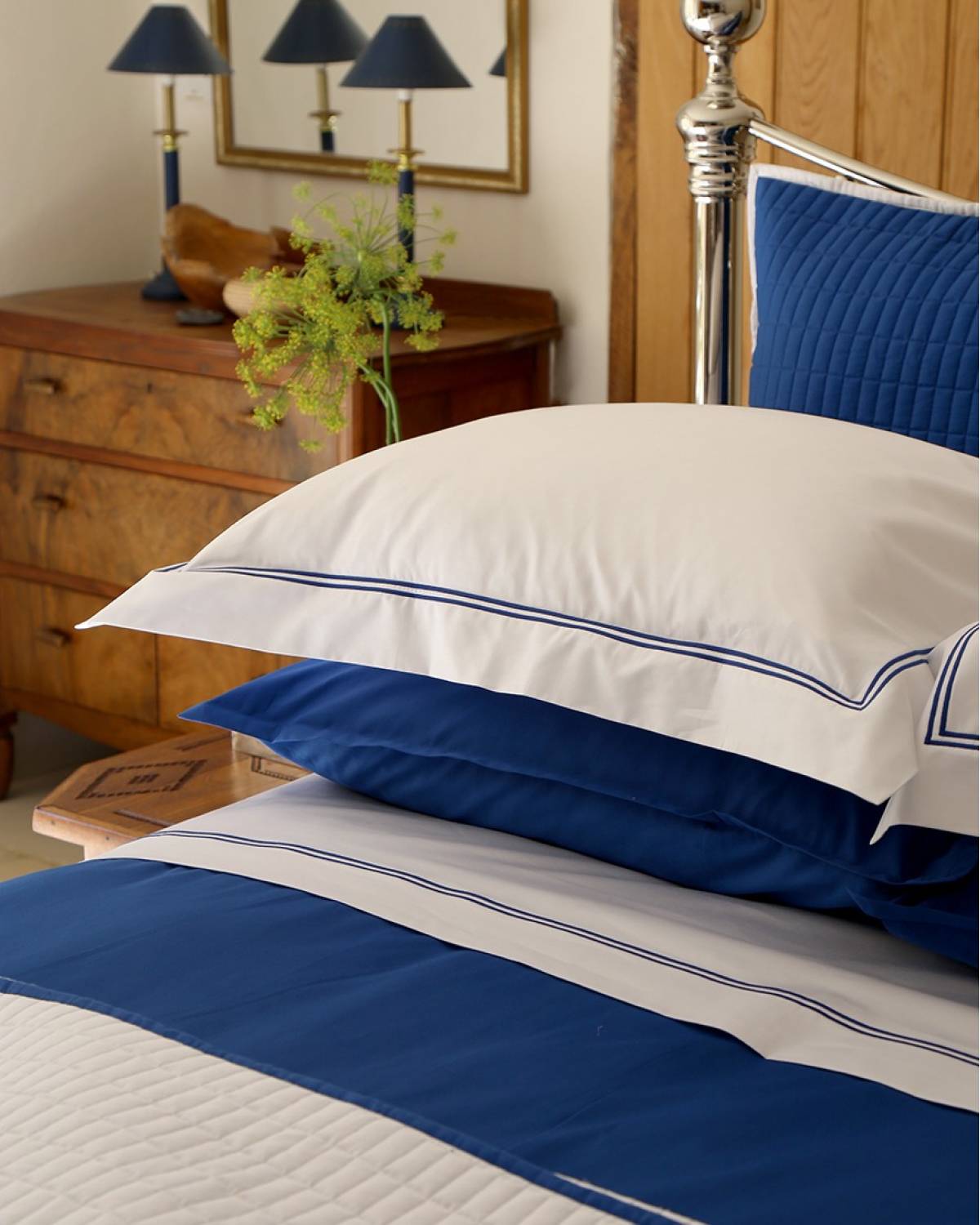
Understanding Thread Count in Bedding
What is Thread Count?
Thread count is more than a mere number; it’s a measure of luxury and comfort in the realm of high thread-count bedding. Defined as the number of threads woven into one square inch of fabric, understanding thread count is one of the fundamental aspects in choosing the perfect bedding.
When it comes to bedding, thread count refers to the number of horizontal and vertical threads woven into a square inch of fabric. Contrary to popular belief, a higher thread count does not always guarantee better quality. While it’s an important factor, other elements such as the type of material and weave also contribute to the overall feel and durability of the bedding.
Many assume that a higher thread count automatically translates to softer and more luxurious bedding. However, it’s essential to strike a balance between thread count and the quality of the fibres used. Understanding how thread count impacts the feel and longevity of your bedding is crucial when seeking the ultimate sleep experience.
Calculating Thread Count:
The calculation involves both horizontal (weft) and vertical (warp) threads. The resulting number indicates the density of the fabric, or the cover factor influencing its texture and overall quality.
In the world of high thread count bedding, the quality and type of fibres play a pivotal role in determining the overall comfort and durability of the sheets. It’s not just about the numbers; it’s about the synergy between thread count, yarn, and weave (recipe) that creates a truly luxurious sleeping environment. At Reed Family Linen our recipes have been passed down by generations. During the Victorian times our family experimented with various yarns, and fabric weaves to find the perfect combination for bed linen.
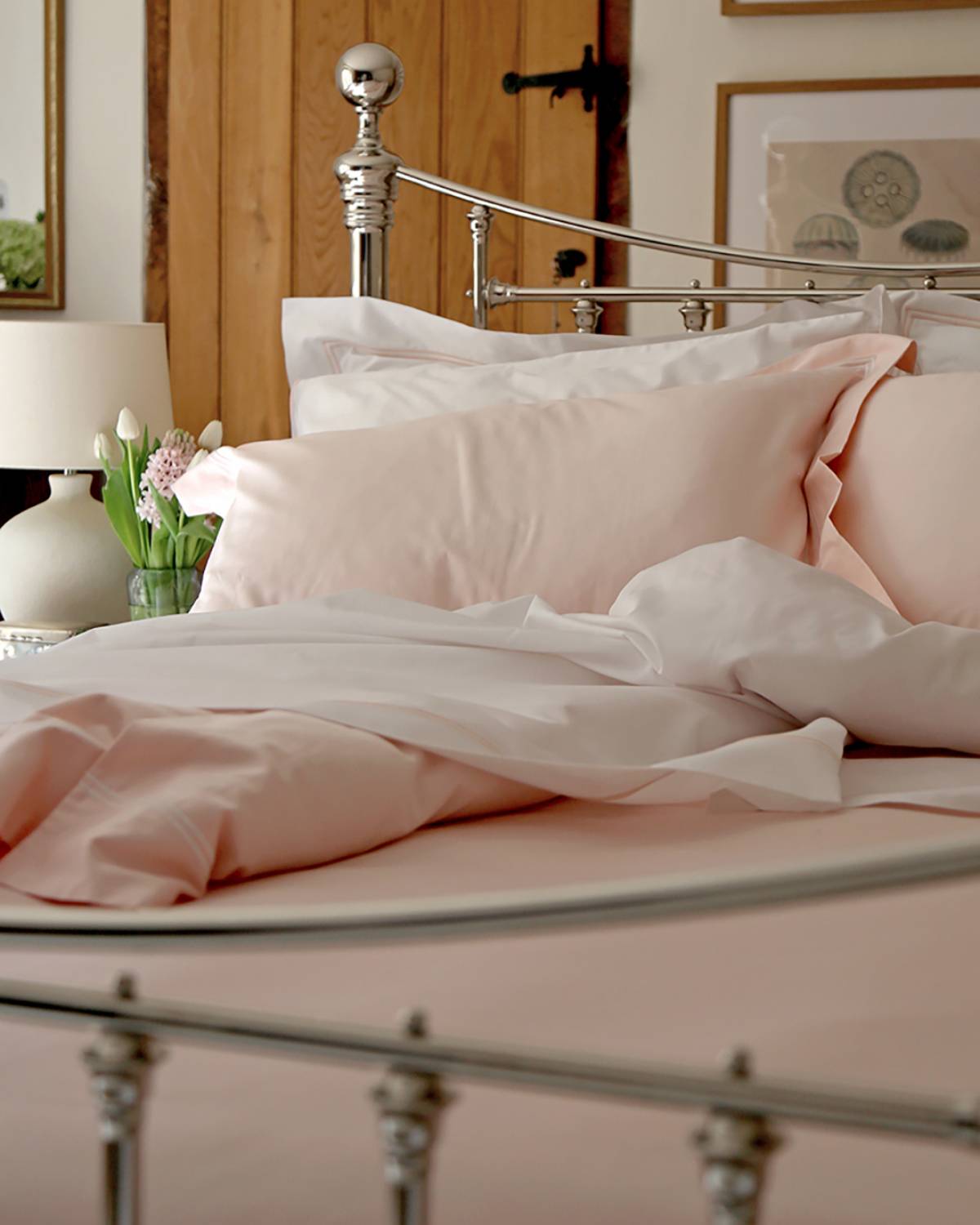
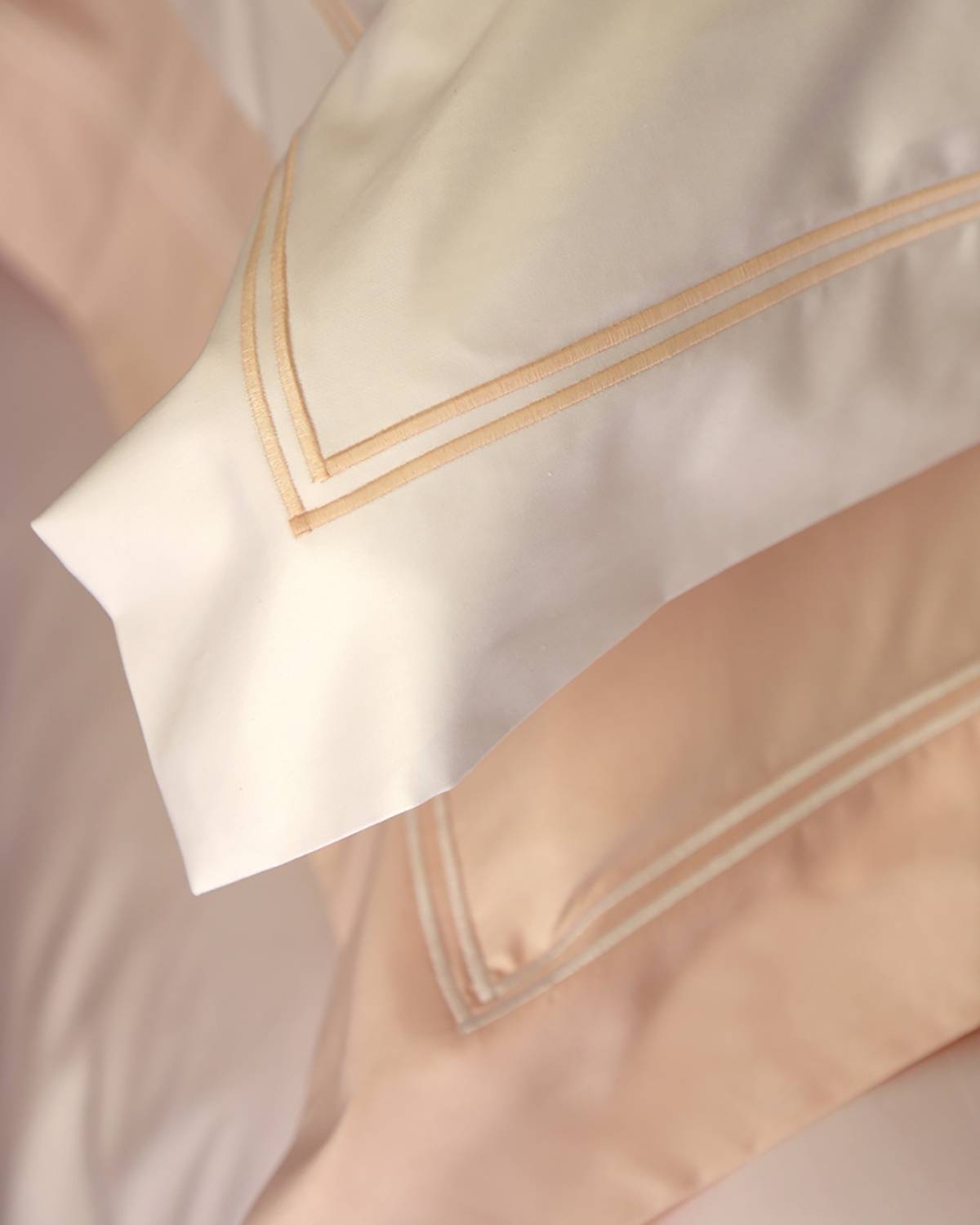
The Significance of High Thread Count
Fabrics with a thread count of 300–459 are typically considered genuinely high in a plain weave fabric which is best suited for bed linen. The tightly knit strands in high thread count fabrics give your bedding a cosier, softer, and more opulent feel. If you prefer lighter sheets, keep in mind that a higher thread count will also equate to heavier bedding.
But as we’ve already mentioned, while a high thread count can be a great sign of high-quality bedding, a higher number doesn’t always equate to better quality; instead, you should consider the ply value when figuring out your sheets’ actual thread count. For instance, some manufacturers advertise bedding with a thread count of 1,000 or more, but it is practically impossible to fit that many threads into an inch, indicating the possibility of creative manipulation.
The Ideal Number of Threads for Bed Sheets
In light of the aforementioned, is there a way to determine the ideal thread count for sheets? Simply put, no.
Be wary of particularly high thread counts when purchasing new bed linens; most likely, any fabric with a thread count of more than 400 is not as high-quality as one with a more manageable number. Since any bedding with a thread count of more than 400 is probably two – or more multi-ply yarns twisted together, you should usually approach it with caution.
If comparing thread counts, look for sheets that have a thread count of 300–400 (provided that they are single-ply! plain weave).
Luxury Redefined:
At Reed Family Linen, we believe in redefining luxury through high-thread-count bedding. The significance lies in the intricate weaving process, producing a denser fabric that not only feels exceptionally soft but also boasts increased durability.
High-thread count bedding is synonymous with luxury, offering an indulgent experience that transcends the ordinary. With a higher thread count, the fabric becomes densely woven, resulting in a smoother, more lustrous surface that exudes opulence. The increased thread count allows for finer yarns to be woven more closely together, creating a sumptuously soft and supple feel against the skin.
The luxurious appeal of high thread count bedding extends beyond mere aesthetics. The denser weave not only contributes to a silken touch but also enhances the fabric’s durability, ensuring that your investment in premium bedding withstands the test of time. As you envelop yourself in the embrace of high thread count sheets, you’ll revel in the exquisite sensation of being cocooned in unrivalled comfort and elegance.
The Impact on Feel and Durability:
A higher thread count contributes to a smoother, silkier feel against your skin. Additionally, it enhances the durability of high thread count bedding, ensuring your investment withstands the test of time.
Elevating your sleep experience with high thread count bedding goes beyond mere indulgence; it’s a statement of refined taste and a commitment to unparalleled quality. With each night’s rest, you’ll immerse yourself in the lap of luxury, revelling in the extraordinary comfort and sophistication that only high thread-count bedding can offer. On a cost per night basis comparing tifespan of good quality sheets makes the investment worthwhile.
When is Thread Count a Good Indicator of Quality?
In a perfect world, threads counts could be a reasonable indicator of overall comfort and quality if we assumed that all bedding was single ply. This is particularly valid if the fibres underwent a procedure known as carding.
In the process of making cotton, carding is essential because it removes the short, low-quality fibres from the fabric and leaves the longer fibres intact. The long fibres then spin into a much more dependable and long-lasting material. However, what bedding thread count is opulent and what is good?
The thread count of linen used for “basic quality” bedding is between 132 and 144; for “good quality” bedding, it is between 180 and 220; for “great quality” fabric, it is over 300; and for “excellent quality” linen, it is 400.
We’ve listed the rooms in your house where each type of bedding would work best, from the master bedroom suite to the guest room you use as overflow storage, to help you understand when you might need a higher thread count!
| QUALITY OF LINEN | THREAD COUNT | SUITABLE FOR |
| Basic Quality | 132-144 | Basic Bedroom |
| Good Quality | 180-220 | Kids Bedroom |
| Great Quality | 300+ | Master Bedroom |
| Excellent Quality | 400 | Guest Room |


Choosing the Right Material for High Thread Count Bedding
It’s crucial to understand that fabrics with a thread count higher than 400 typically contain yarns that are two or more plies. This does not necessarily imply that they are of poor quality, but it is misleading because they are not as opulent as the number would have you believe—you are not receiving a sheet with 600 threads!
Furthermore, fabric manufacturers may label fabrics as 2-ply 600 thread when, in reality, they are only single-ply 300 thread. Adding to the confusion, manufacturers can employ thinner threads from lower-quality fabrics; as a result, thread count is no longer a strict metric but rather a highly suggestive indicator of quality.
Yarn Matters:
The luxury journey begins with selecting the right yarn. Our commitment to excellence extends to sourcing the finest materials, whether it’s Egyptian cotton, Supima cotton, Suvin or a blend designed for optimum comfort.
When selecting high thread count bedding, the choice of yarn is pivotal in determining the overall feel and performance of the sheets. Cotton, renowned for its breathability and softness, is a popular option for high thread count bedding. Be careful of manufacturers who label Egyptian Cotton, Sea Island Cotton, Menoufian Cotton and Organic Cotton etc as there is just as much hype applied to yarns as thread count. We doubt enough Sea Island Cotton is grown on the small island of Barbados to supply everything labelled as Sea Island Cotton. Today, with GMO advances long staple cotton can be grown just about anywhere.
Material and Thread Count Harmony:
Understanding the synergy between yarns and high thread count is crucial. Each material complements high thread count bedding differently, influencing the overall texture and breathability of the bedding.
Another sought-after yarn for high thread count bedding is linen, prized for its natural lustre and exceptional comfort. Linen sheets have breathability and moisture-wicking properties, making them an ideal choice for those seeking a cool and refreshing sleep experience.
Percale or Sateen – what’s the difference?
Because Sateen sheets have been heavily marketed in the USA since the 1990s, people occasionally believe that they are a new product in the home textile market. However, sateen, satin, or “twilled” woven fabrics have a long history, much like most things in life. As evidenced by the letterhead from a century ago below, our great grandfather’s business, John Moorby Limited, actually specialised in “Twilled and Plain” sheetings, or Sateen and Percale weaves.
Because there are fewer intersections and the fabric can bend, hang, and drape more easily, SATEEN weaves are typically more flexible and pliable than PERCALE weaves. This phenomenon can make SATEEN sheets seem warmer. Additionally, it can look better on the bed after a night of use and is more crease-resistant.
Both fabrics will have the same thread count and weight once they are woven, finished, and sewn into bed linens, but due to their unique constructions, each fabric will have a different surface handle and finish.
When it comes to the PERCALE weave, the fabric is perfectly symmetrical, appearing the same from every angle, and the light reflects evenly from every angle. On the other hand, in the SATEEN weave, the light reflects off the raised areas of the weft threads between each warp yarn, creating a diagonal pattern akin to a “herringbone.” As a result, when the SATEEN cloth is exposed to direct light, it seems to have a sheen or glossy appearance.
In contrast, the uniform intersections and “ups and downs” throughout the fabric area of the PERCALE weave give the impression that the weave is dull and constant because the light rays are all reflected at the same angle and in the same direction.
When choosing sheets, a magpie would undoubtedly choose the option with more shine, but does this mean the fabric is better or more comfortable?
View our full article here – Percale or Sateen – what’s the difference?
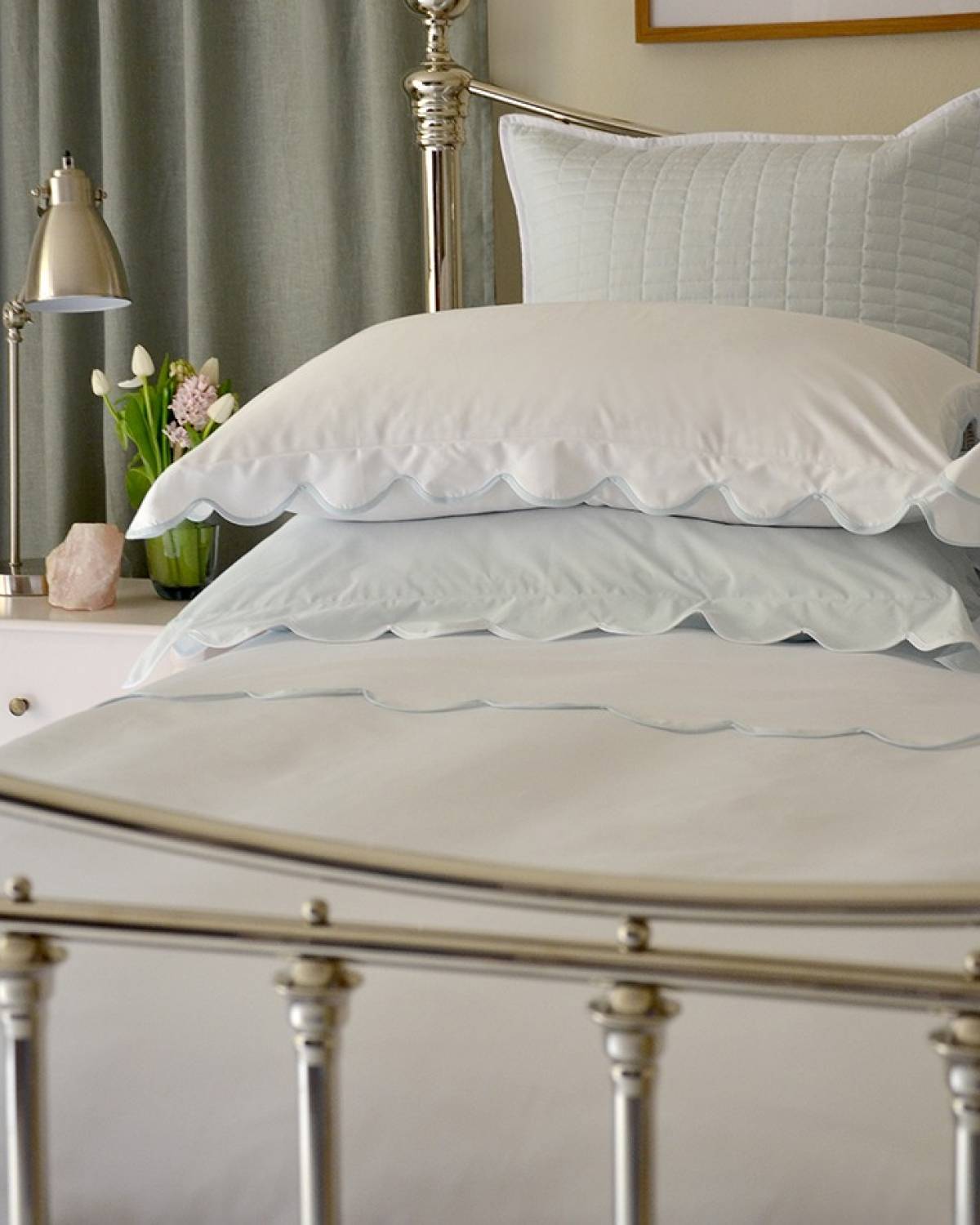
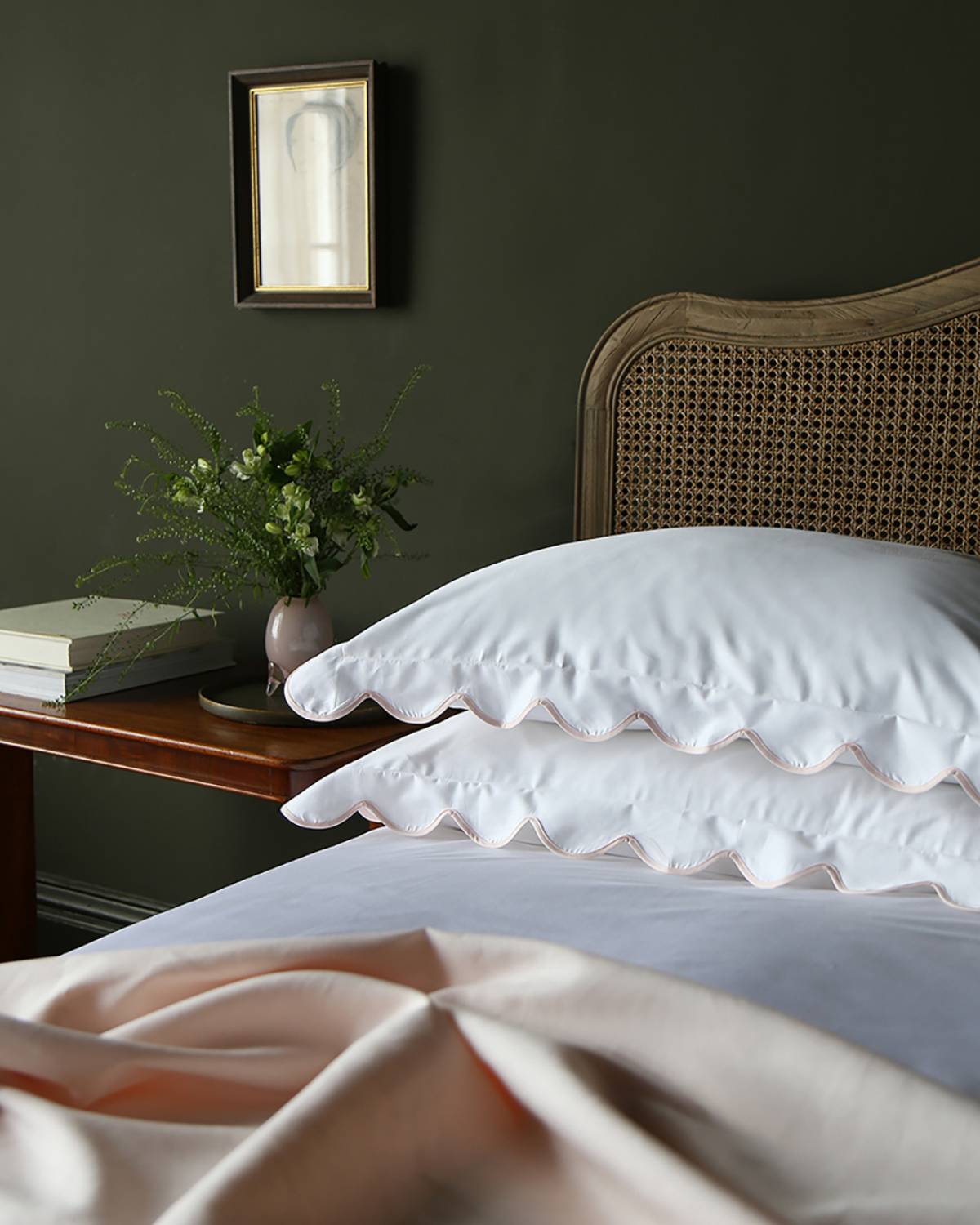
Benefits of High Thread-Count Bedding
The benefits of high-thread-count bedding extend far beyond the allure of luxury and opulence. The densely woven fabric of high thread count sheets results in a smoother surface that feels exceptionally soft and inviting against the skin. This indulgent sensation is further complemented by the enhanced durability of the bedding, ensuring that your investment in premium linens is a long-term commitment to comfort and quality.
Longevity and Quality:
Investing in high thread count bedding is an investment in longevity. Our linens are crafted to stand the test of time, maintaining their softness and integrity even after countless nights of use. We have customers coming back to us after 20 years saying their linen has “finally” given up and needs replacing.
Furthermore, high thread count bedding exudes a timeless elegance that adds a touch of sophistication to any bedroom. The smooth, lustrous surface of these sheets, combined with their exceptional comfort and longevity, elevates the aesthetic appeal of your sleeping sanctuary, transforming it into a haven of refined luxury and tranquillity.
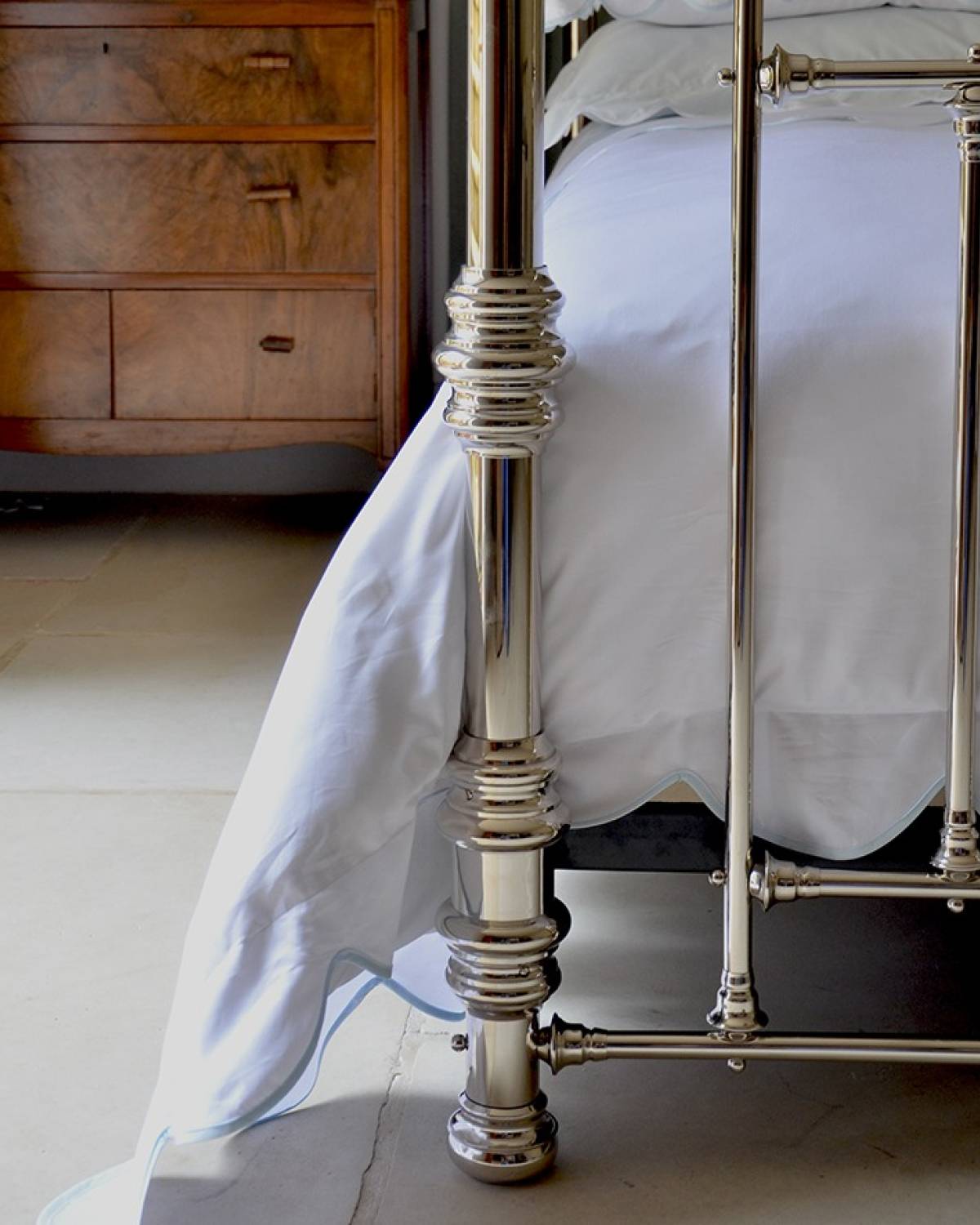
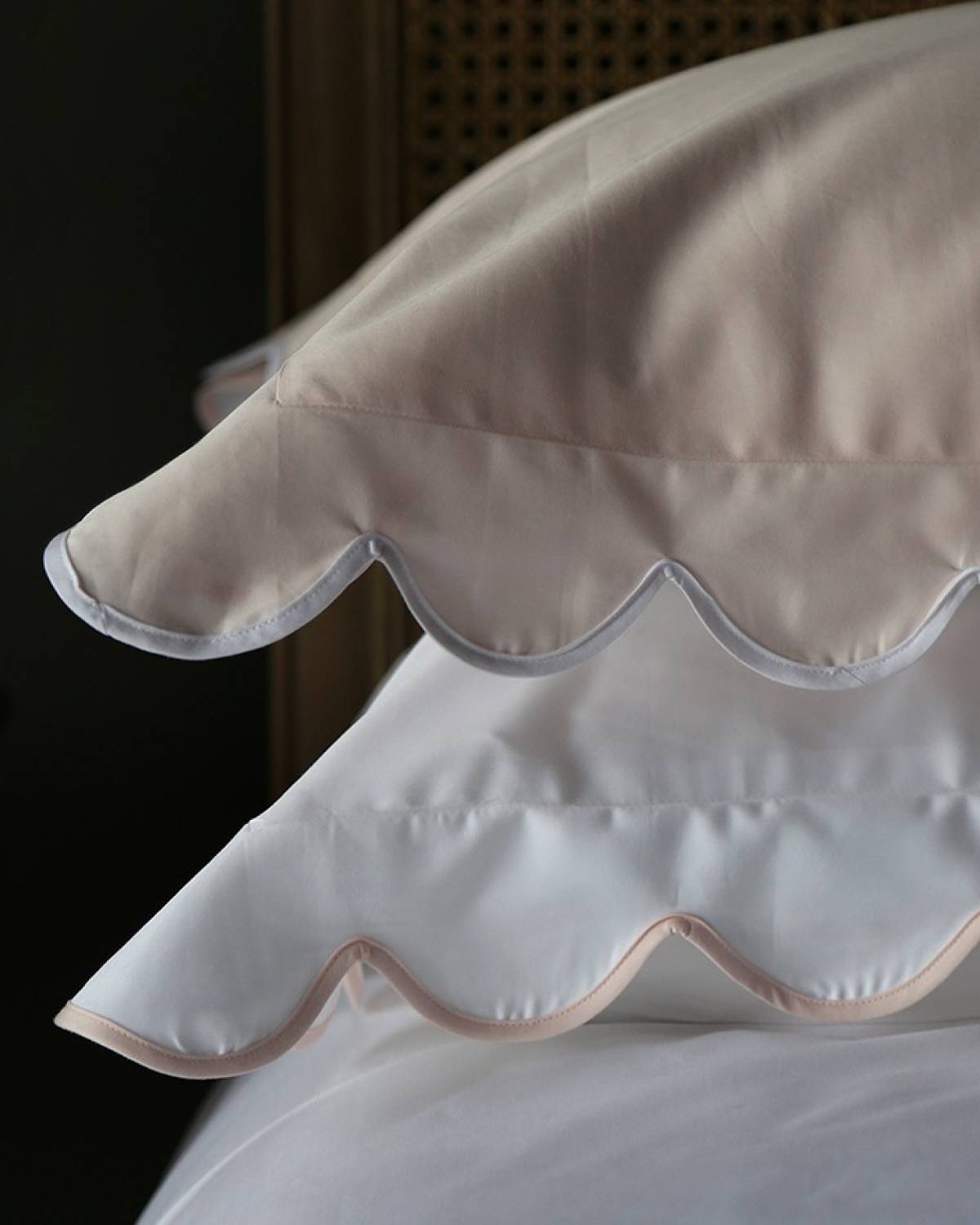
Caring for High Thread Count Bedding
To ensure that your high thread count bedding maintains its exquisite feel and appearance, proper care and maintenance are essential. When laundering your premium sheets, it’s advisable to use a mild natural detergent and avoid fabric softeners, as these can compromise the integrity of the fibres and diminish the fabric’s luxurious texture. Never use bleach, this rots the cloth, only heat cleans natural fibres.
Preserving Elegance:
Caring for high thread count bedding is an essential aspect of preserving its elegance. Follow our expert tips on washing, drying, and storing to ensure your linens retain their original quality.
Additionally, tumble drying on a low heat setting or line-drying your sheets can help maintain their softness, prolonging the lifespan of your investment in luxurious bedding.
It’s also recommended to avoid overloading the washing machine when laundering high thread count sheets, as this can lead to excessive friction and potential damage to the fabric. By following these simple care guidelines, you can ensure that your high thread count bedding retains its irresistible softness and indulgent feel, allowing you to luxuriate in its sumptuous embrace for years to come.
The Art of Maintenance:
Proper care not only maintains the aesthetic appeal but also ensures the longevity of high thread count bedding, allowing you to indulge in the luxury for years to come.
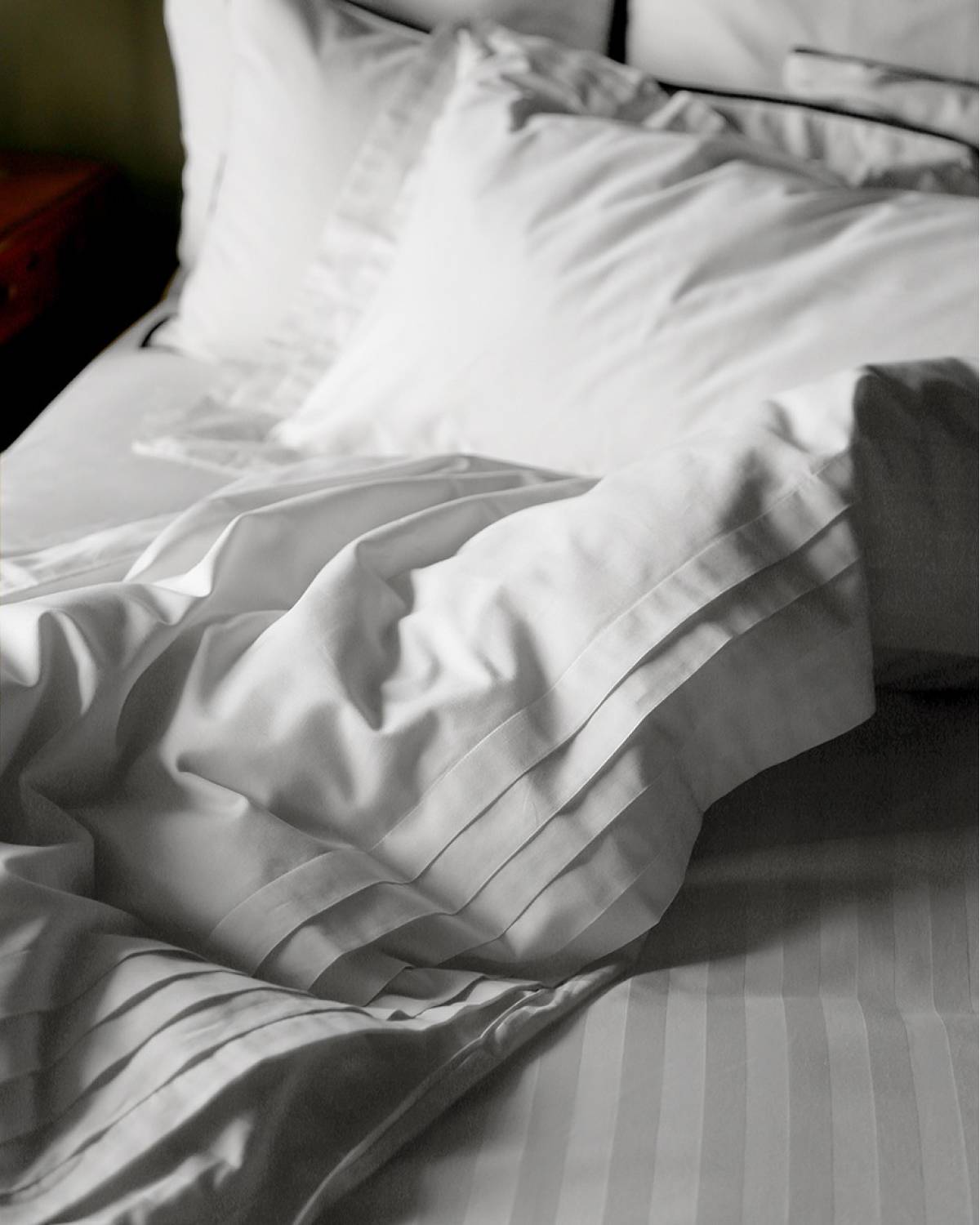
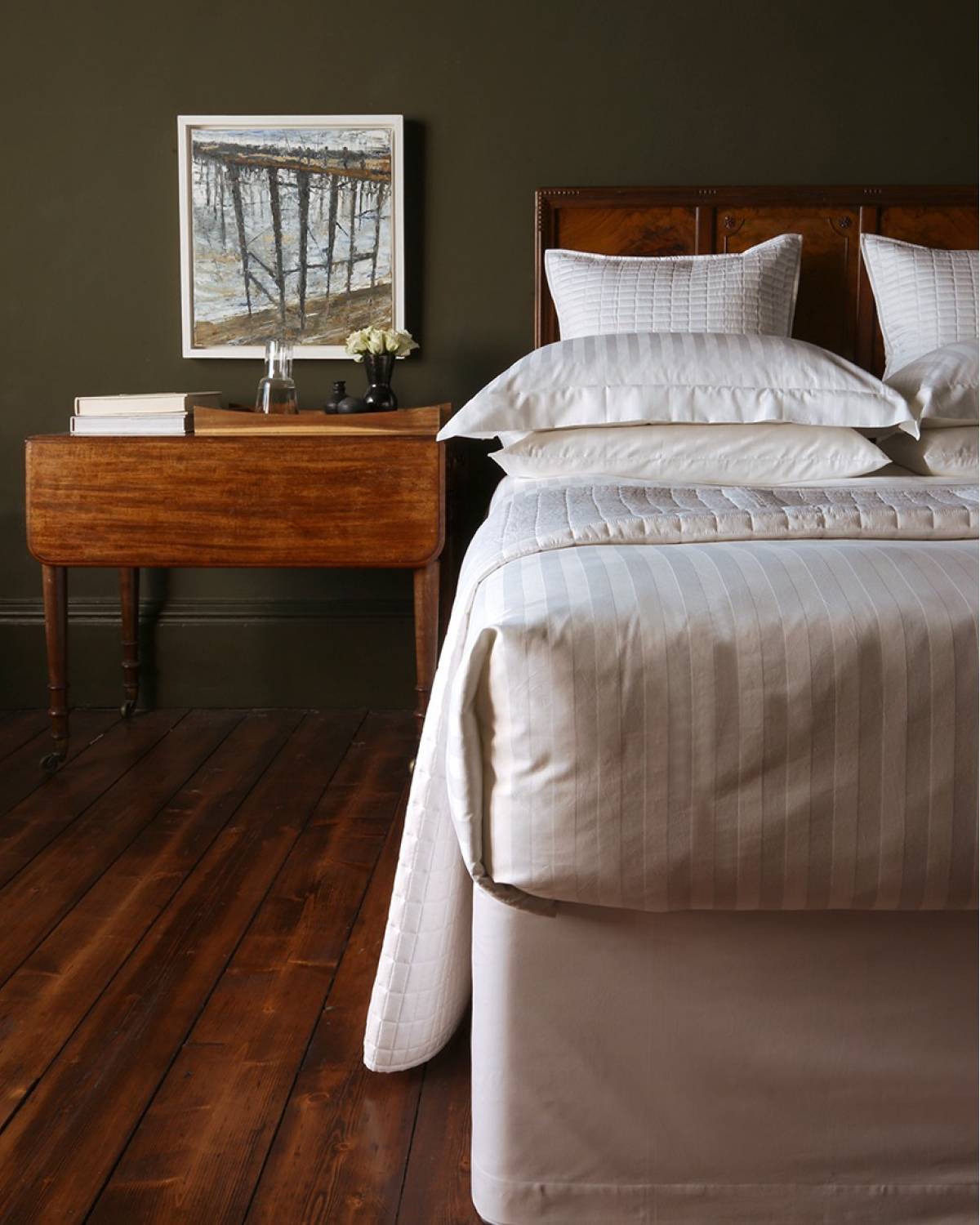
Thread Count Fraud: Unmasking Deceptive Practices
Navigating the Market:
In a market flooded with options, it’s crucial to be aware of potential pitfalls. Unfortunately, the term “Thread Count Fraud” has emerged, where some manufacturers exaggerate thread counts through deceptive practices.
Identifying Fraudulent Claims:
1. Misleading Labeling:
Thread Count Fraud often involves misleading labelling, where some manufacturers inflate thread count numbers to create an illusion of higher quality. Watch out for labels that boast unusually high thread counts without transparent information on the weaving technique or fabric quality.
2. Ply Manipulation:
Thread Count Fraud may involve manipulating the number of plies within each thread. Instead of a genuine increase in the number of woven threads, deceptive practices might include counting multi-ply threads as individual threads, artificially inflating the overall thread count.
3. Short Staple Fibers:
The use of shorter staple fibres is a common tactic in Thread Count Fraud. This allows manufacturers to increase thread count numbers without improving the actual quality of the fabric. The result is bedding that lacks the softness and durability associated with authentic high-thread count linens.
Reed Family Linen’s Stance:
At Reed Family Linen, we stand firmly against Thread Count Fraud and deceptive practices and always have. We believe in transparency and integrity in the production of high-thread-count bedding. Here’s how we ensure authenticity:
1. Transparent Labeling:
Our labels provide clear and accurate information about Thread Count Fraud, weaving techniques, and material composition. We believe in empowering our customers with the knowledge to make informed choices.
2. Genuine Weaving Techniques:
Reed Family Linen employs genuine weaving techniques, ensuring that each thread contributes to the overall quality and comfort of our bedding. We take pride in delivering linens that live up to the promise of true luxury.
3. Quality Yarns:
Our commitment to excellence extends to the yarns we use. We source long-staple fibres, ensuring that every thread in our high thread-count bedding contributes to the luxurious feel and durability that our brand is known for.
Consumer Vigilance:
When shopping for high thread count bedding and to avoid falling victim to Thread Count Fraud, we encourage consumers to exercise vigilance. Here are tips:
1. Educate Yourself on Thread Count Fraud:
Understand the basics of Thread Count Fraud and the factors that contribute to the overall quality of bedding. Knowledge is your best defence against deceptive marketing.
2. Read Reviews:
Explore customer reviews and testimonials. Genuine experiences from other buyers can provide valuable insights into the authenticity and quality of the bedding you are considering.
3. Choose Reputable Retailers:
Opt for reputable retailers and brands with a history of transparency and customer satisfaction. Reed Family Linen, for instance, is committed to providing authentic high-thread-count bedding with a legacy dating back to 1852.
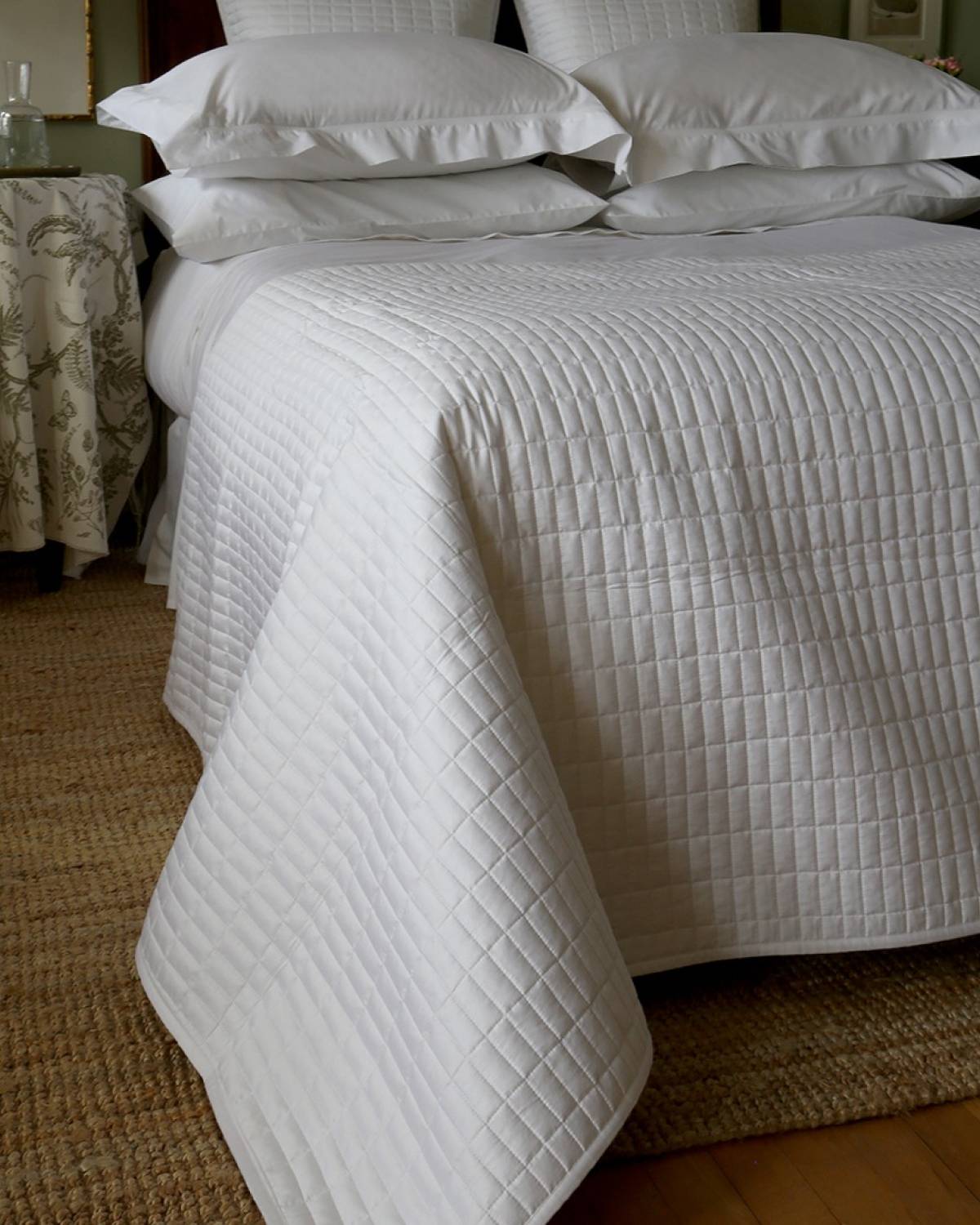
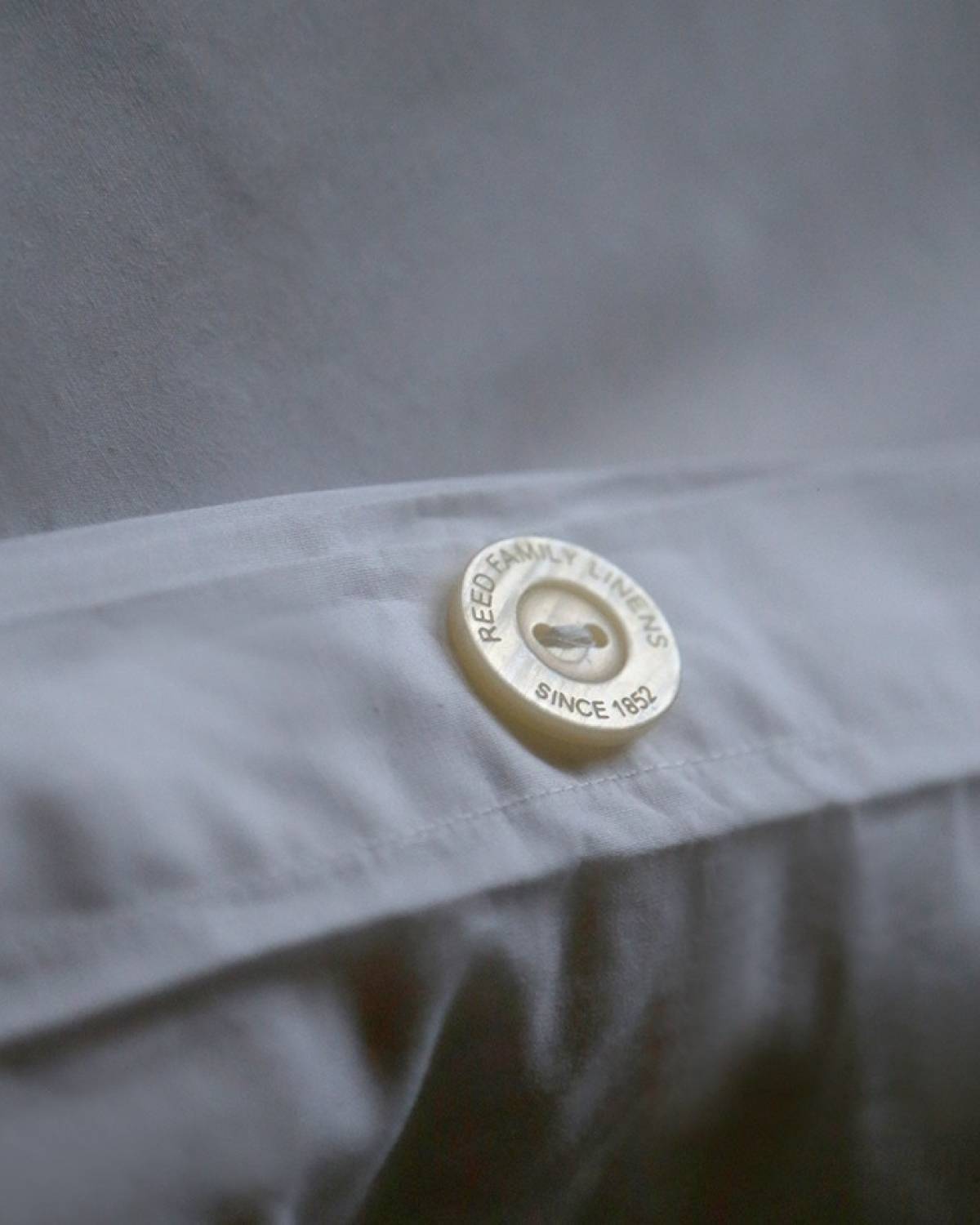
The Thread Count Myth: Debunking Common Misconceptions
In the pursuit of perfect bedding, the thread count myth often clouds the path, leading consumers to believe that a higher thread count invariably translates to superior quality. Let’s unravel this misconception and shed light on the truth behind thread count:
1. Myth: Higher Thread Count Equals Better Quality
The prevailing notion that a higher thread count guarantees better quality is a common misbelief. While thread count is undoubtedly a crucial factor, quality lies in a harmonious blend of thread count, yarn, and weaving technique. Manufacturers sometimes inflate thread count numbers through deceptive practices, contributing to the myth that a higher count is the sole indicator of superior bedding.
2. Myth: The Higher, the Softer
Contrary to popular belief, an excessively high thread count does not always result in softer bedding. Beyond a certain point, the weave becomes so tight that it may compromise the breathability and overall comfort of the sheets. Optimal softness is achieved by striking a balance between thread count and the quality of the fibres used, ensuring a luxurious feel without sacrificing comfort.
3. Myth: All Thread Counts Are Created Equal
Assuming that all high thread counts are equal is a misconception that can lead to disappointment. The type of material used plays a significant role in the overall feel and performance of the sheets. A lower-quality material with a high thread count may not deliver the same level of comfort and durability as a sheet with a slightly lower count but is made from premium fibers.
4. Myth: Thread Count Is the Sole Indicator of Quality
While thread count is an essential factor, it should not be the sole determinant of bedding quality. The type of yarn , weaving technique, and integrity of the manufacturer all contribute to the overall excellence of high thread count bedding. A holistic approach to understanding these elements ensures a well-informed choice.
5. Myth: More Threads Guarantee a Longer Lifespan
Assuming that more threads equate to a longer lifespan is a misconception that can impact the longevity of your bedding. The quality of the threads and the weaving technique are equally crucial. Authentic high thread count sheets with quality fibres and craftsmanship contribute to durability, ensuring your investment stands the test of time.
In dispelling the thread count myth, Reed Family Linen advocates for an informed approach to selecting bedding. By understanding that a balance of factors contributes to the overall quality, you empower yourself to make choices that align with both comfort and longevity, transcending the common misconceptions surrounding thread count.
Where to Buy High Thread Count Bedding
When purchasing high thread count bedding, it’s advisable to prioritise quality and craftsmanship, ensuring that the linens are meticulously woven from fine, long-staple fibres to guarantee a luxurious and enduring sleep experience. By selecting a trusted retailer known for its commitment to excellence, you can embark on a journey of unparalleled comfort and refinement with high thread count bedding that surpasses all expectations.
Discover Reed Family Linen:
Explore the exquisite world of luxury linens at Reed Family Linen. Immerse yourself in a collection curated over centuries, where tradition meets innovation, and luxury meets comfort.
What to Look for in a Retailer:
When selecting high thread count bedding, choose a retailer that values quality, authenticity, and customer satisfaction. At Reed Family Linen, these values define our commitment to providing you with the finest linens.
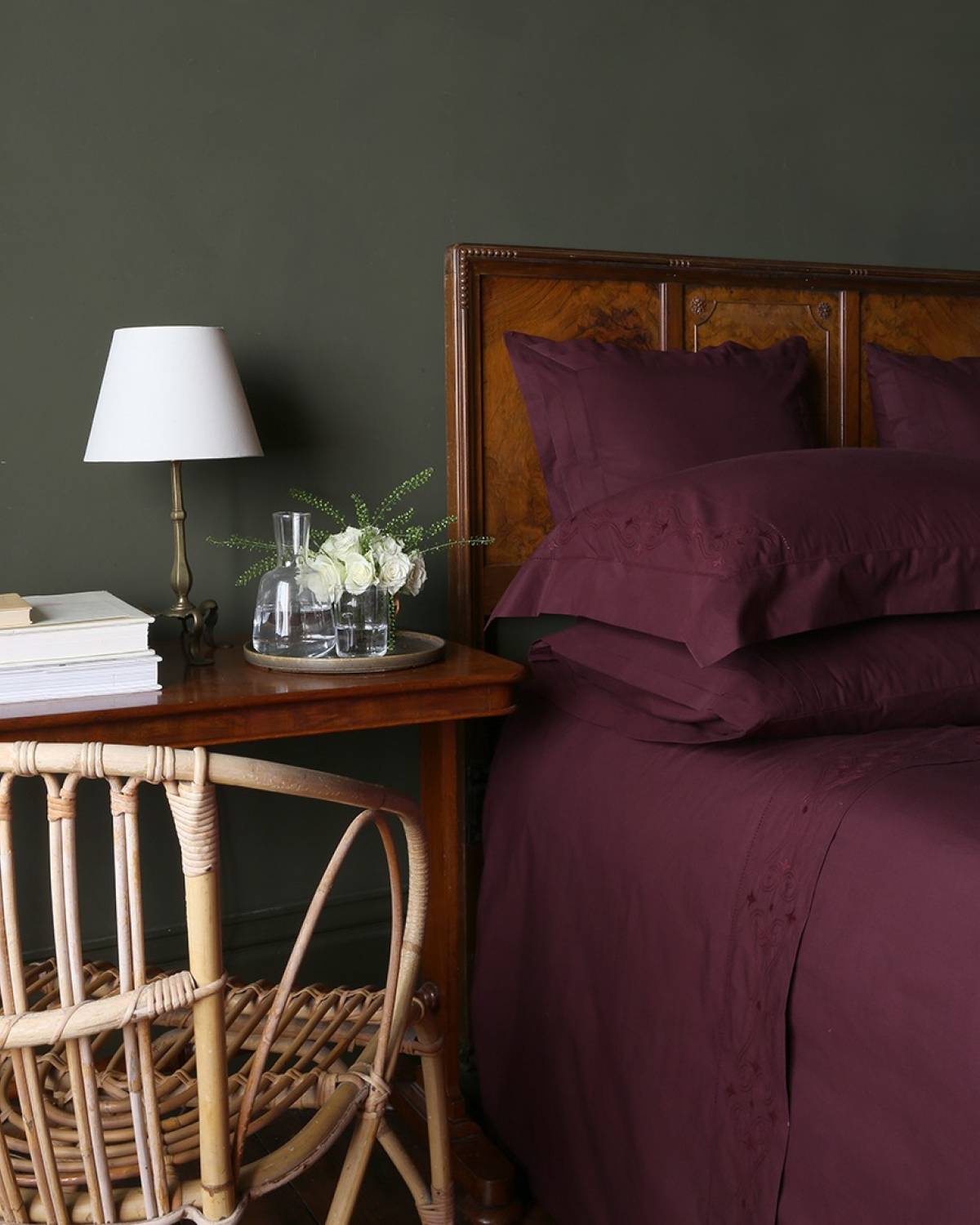
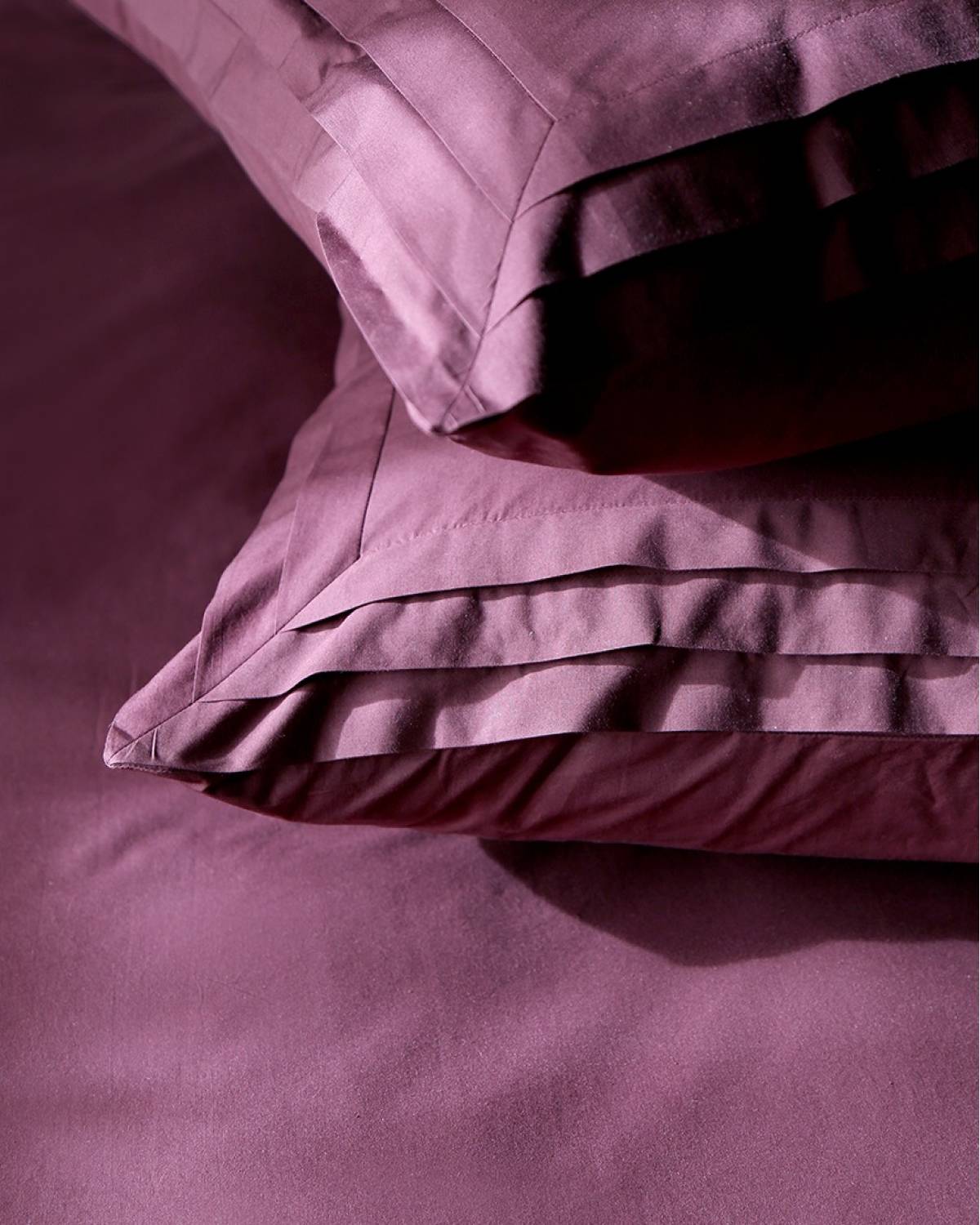


Thread count frequently asked questions
In order to complete the article, we’ve addressed some of the most frequently asked questions our clients have regarding thread count and provided additional context for what the number actually means.
The total number of horizontal and vertical threads in every square inch of fabric is known as the thread count. For example, the fabric will have a thread count of 300 if there are 150 horizontal and 150 vertical threads.
Although some manufacturers advertise thread counts of 1,000 or more, the quality of their bedding will not surpass that of a single-ply 500 thread count sheet. Be cautious when handling bedding that boasts an exceptionally high thread count, as it is probably made of multiple plies, resulting in a lower quality product.
Surprisingly, staying cool at night has nothing to do with your bed linens. Rather, it all depends on the kind of material you select; blends of light cotton, linen, and bamboo are especially good for staying cool during a heat wave. Look for sheets that are moisture-wicking and breathable to ensure a restful night’s sleep even in the sweltering summer months.
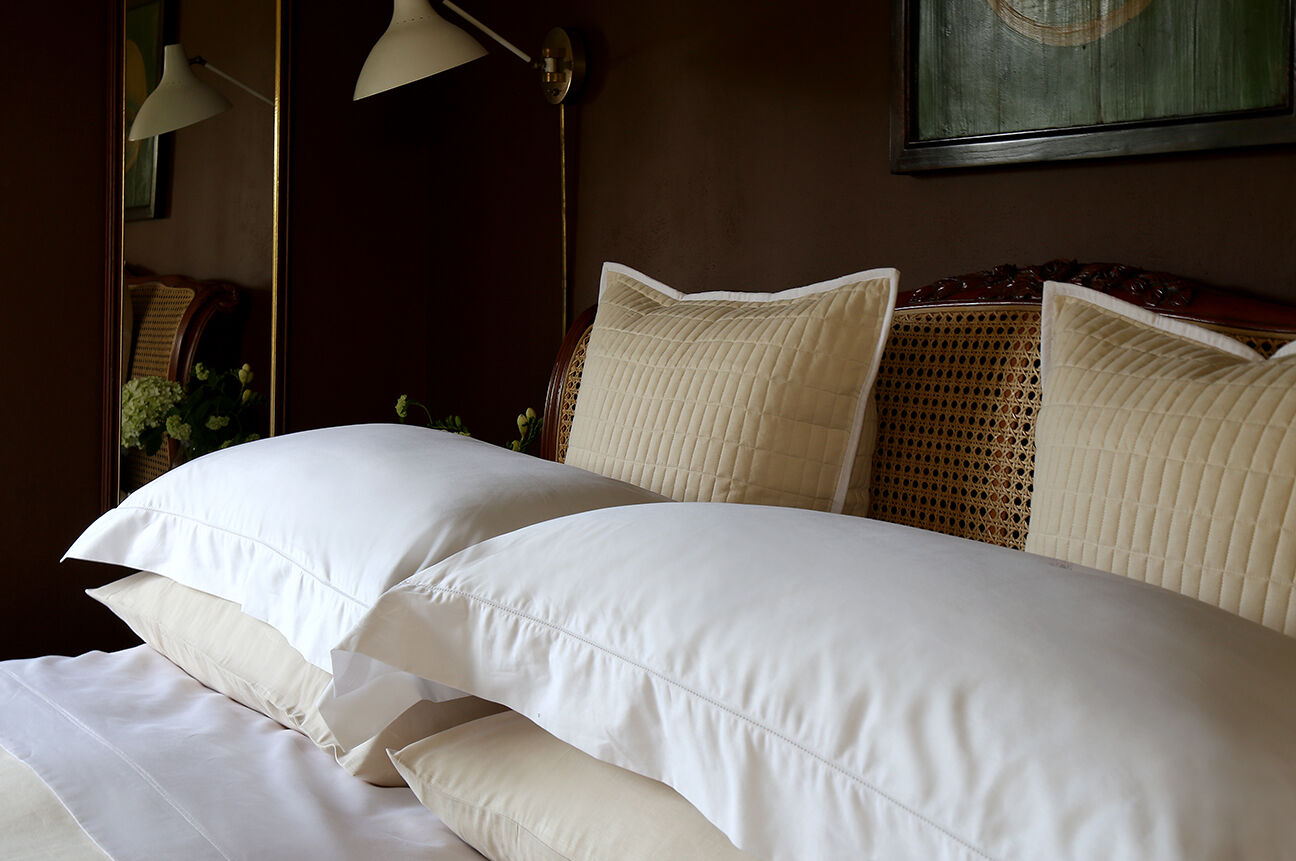
Monthly Inspiration
Join our family to be the first to receive our latest stories and inspiration.
